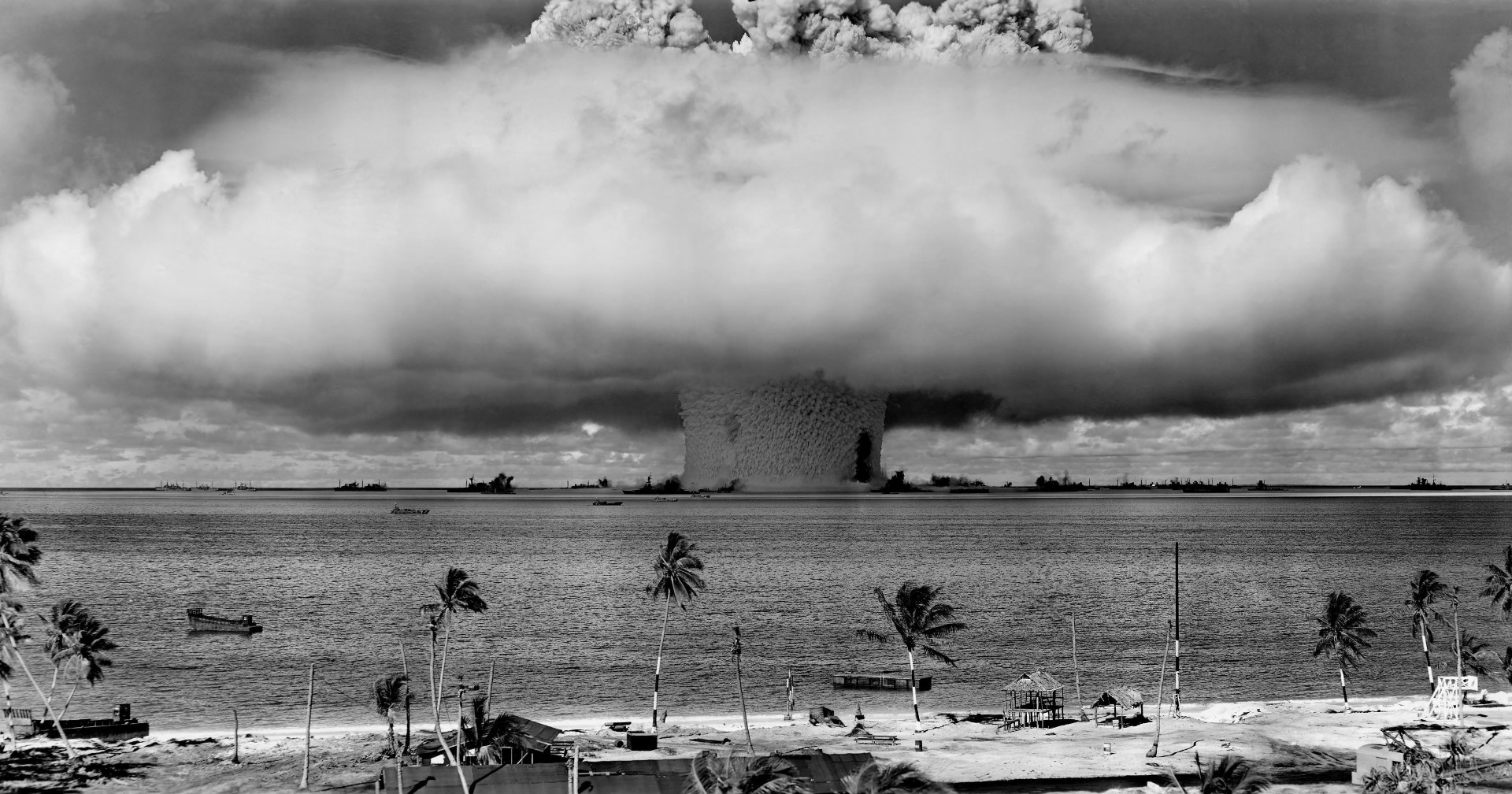Nuclear Events part 1
 Events of a Nuclear Detonation:
Events of a Nuclear Detonation:
When a nuclear device is detonated, a large fireball is created. Everything inside of this fireball vaporizes, including soil and water, and is carried upwards. This creates the mushroom cloud.
Radioactive material from the nuclear device mixes with the vaporized material in the mushroom cloud. As this vaporized radioactive material cools, it becomes condensed and forms particles, such as dust. The condensed radioactive material then falls back to the earth. This is what is known as fallout.
Because fallout is in the form of particles, it can be carried long distances on wind currents and end up miles from the site of the explosion. Fallout is radioactive and can cause contamination of anything on which it lands, including food and water supplies.
Nuclear Explosion Damage:
A nuclear blast would likely cause great destruction, death, and injury, and have a wide area of impact. The effects on a person from a nuclear blast will depend on the size of the bomb and the distance the person is from the explosion. In a nuclear blast, injury or death may occur as a result of the blast itself or as a result of debris thrown from the blast. People may experience moderate to severe skin burns, depending on their distance from the blast site. Those who look directly at the blast could experience eye damage ranging from temporary blindness to severe burns on the retina. Individuals near the blast site would be exposed to high levels of radiation and could develop symptoms of Acute Radiation Syndrome.
Nuclear weaponization has only happened twice, being Hiroshima, killing around 80,000 people, and Nagasaki, killing around 40,000. Thousands more people were injured and suffered radiation poisoning and death later on. From these 2 events, mass death, injury, and destruction were recorded. A terrorist attack using a nuclear weapon would cause a catastrophic amount of damage and loss to life.